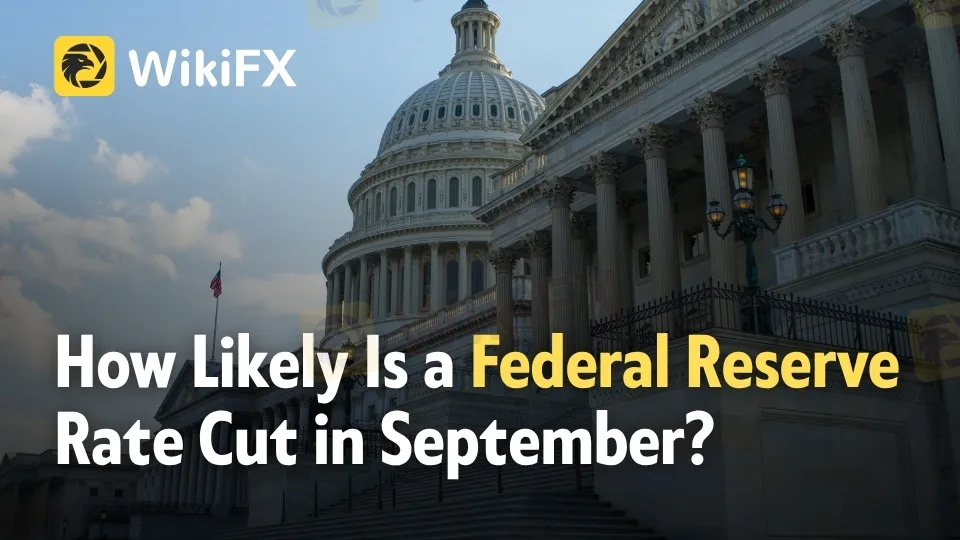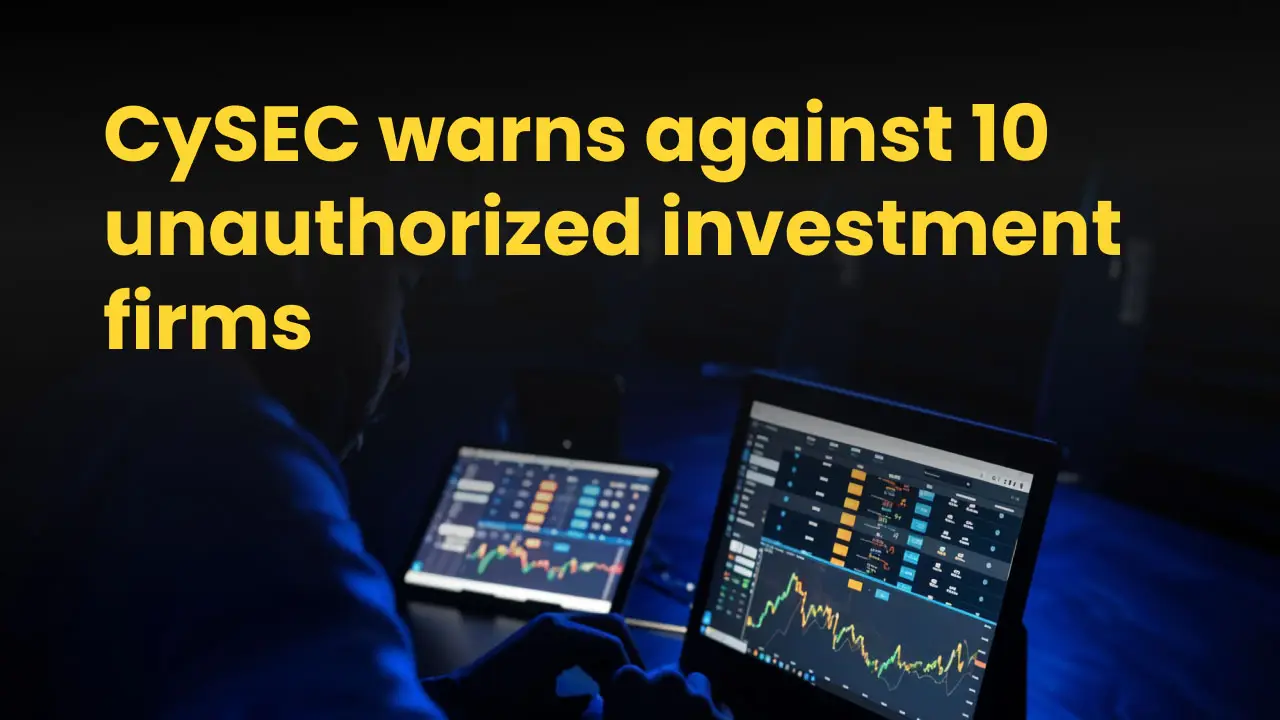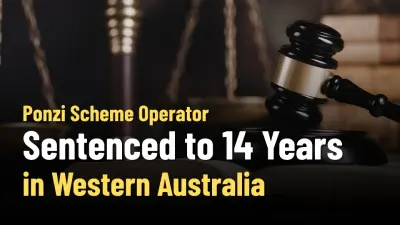简体中文
繁體中文
English
Pусский
日本語
ภาษาไทย
Tiếng Việt
Bahasa Indonesia
Español
हिन्दी
Filippiiniläinen
Français
Deutsch
Português
Türkçe
한국어
العربية
How Likely Is a Federal Reserve Rate Cut in September?
Abstract:Goldman Sachs updates its forecast for a Federal Reserve rate cut in September, highlighting inflation trends, job market shifts, and the impact of China tariffs.

The Federal Reserve may begin cutting its policy interest rates as early as September 2025, according to a recent forecast update from Goldman Sachs Research economists. This marks a significant shift, moving the anticipated timing of rate cuts three months earlier than previously expected. The revised outlook reflects evolving economic conditions, including a softening US job market, moderated inflation pressures, and a reduced impact from China tariffs on consumer prices.
Goldman Sachs Economic Outlook: Inflation and Employment
Goldman Sachs‘ chief US economist, David Mericle, highlights that while the labor market remains relatively healthy, it is becoming increasingly difficult for job seekers to find employment. This softening in the job market, combined with seasonal data adjustments and changes in immigration policy, poses downside risks to near-term payroll growth. These developments form a critical part of Goldman Sachs’ updated economic outlook on inflation and employment, which now supports the case for earlier Federal Reserve rate cuts.
The economists estimate the odds of a rate cut in September to be “somewhat above” 50%, with planned reductions of 25 basis points in September, October, and December 2025, followed by additional cuts in early 2026. The rationale for consecutive cuts is to provide insurance against economic risks, especially if upcoming employment data disappoints.
The Feds Terminal Rate and Disinflationary Pressures
Goldman Sachs has lowered its forecast for the Feds terminal rate—the peak federal funds rate expected during this cycle—to a range of 3.0% to 3.25%, down from a previous estimate of 3.5% to 3.75%. This adjustment reflects stronger-than-anticipated disinflationary forces in the economy. Wage growth is moderating, catch-up inflation is fading, and weak demand in sectors such as travel is exerting additional downward pressure on prices.

These disinflationary pressures, combined with a softer job market, suggest the Federal Reserve may not need to maintain as high a terminal rate as once thought to achieve its dual mandate of maximum employment and 2% inflation. Mericle notes that the true neutral rate—the level of interest rates consistent with stable inflation and full employment—is somewhat “fuzzy,” allowing policymakers room to interpret economic signals flexibly.
Impact of China Tariffs on US Inflation and Rates
One key factor influencing the updated forecast is the smaller-than-expected impact of this years China tariffs on US inflation. Early evidence indicates that tariffs have had only a one-time effect on price levels rather than a persistent inflationary push. Category-level Personal Consumption Expenditures (PCE) data and survey evidence suggest less pass-through of tariff costs to consumer prices than previously assumed.
This diminished tariff effect reduces upward inflationary pressure, making it easier for the Fed to consider rate cuts without risking a resurgence of inflation. It also aligns with the view that inflation expectations, which had earlier surged according to Michigan and Conference Board surveys, have since moderated and may have been distorted by partisan biases and technical factors.
US Job Market Softening and Rate Cut Expectations
The US job market‘s recent trends are pivotal to the Fed’s policy outlook. While job openings have begun to decline slowly, the labor market still shows resilience. However, the increased difficulty in finding jobs and the potential for weaker payroll data in the coming months raise concerns. Goldman Sachs economists emphasize that any significant weakness in employment reports could prompt the Fed to accelerate rate cuts, as it did in previous cycles.
This expectation is reflected in market pricing, which increasingly anticipates the Fed will start easing monetary policy in September 2025, followed by additional cuts later in the year. The shift in sentiment is driven by the combination of a cooling labor market and the moderation of inflation pressures.
Broader Economic Context and Fed Leadership
Goldman Sachs‘ forecast also considers the broader economic and political landscape. The Federal Open Market Committee’s (FOMC) long-run dot plot—a summary of officials‘ rate expectations—remained unchanged in June, despite earlier expectations of a higher terminal rate. With Jerome Powell’s term as Fed chair ending next year, uncertainty remains about whether new leadership will share the current view that large fiscal deficits and robust risk sentiment justify maintaining somewhat elevated rates.
Nevertheless, the consensus is that the economy will likely settle near a balance of maximum employment and 2% inflation, regardless of whether the terminal rate is closer to 3.0% or 3.75%. This “fuzziness” in the neutral rate provides policymakers with flexibility to adjust rates based on evolving economic data.
Conclusion
Goldman Sachs updated economic outlook signals a notable shift in expectations for the Federal Reserve rate cut forecast for 2025. The combination of a softening US job market, reduced inflationary impact from China tariffs, and stronger disinflationary forces has prompted economists to anticipate earlier and multiple rate cuts starting in September. This forecast underscores the delicate balancing act the Fed faces in managing inflation while supporting employment amid changing economic conditions.
As the year progresses, markets and policymakers will closely monitor inflation prints, employment reports, and geopolitical developments to gauge the appropriate timing and magnitude of rate adjustments. The evolving landscape suggests that the Federal Reserves monetary policy path in 2025 will be shaped by nuanced economic signals rather than a predetermined script.
Get the latest on Federal Reserve updates and economic news—visit WikiFX News now! https://www.wikifx.com/en/news.html

Disclaimer:
The views in this article only represent the author's personal views, and do not constitute investment advice on this platform. This platform does not guarantee the accuracy, completeness and timeliness of the information in the article, and will not be liable for any loss caused by the use of or reliance on the information in the article.
Read more

CySEC warns against 10 unauthorized investment firms
The Cyprus Securities and Exchange Commission (CySEC) has issued a public warning against 10 unauthorized investment firms that are illegally offering investment services to investors.

Voices of the Golden Insight Award Jury | Nattachai Chalermwat, MH Markets
WikiFX Golden Insight Award uniting industry forces to build a safe and healthy forex ecosystem, driving industry innovation and sustainable development, launches a new feature series — “Voices of the Golden Insight Awards Jury.” Through in-depth conversations with distinguished judges, this series explores the evolving landscape of the forex industry and the shared mission to promote innovation, ethics, and sustainability.

Is Amillex Safe or a Scam? Understanding Rules and Security
You are asking an important question: Is Amillex safe or a scam? The simple answer is that Amillex works in an unclear area that needs careful study. It is not a complete scam like fake websites that steal your money right away, but it also does not meet the safety rules of the best, well-regulated brokers. Read on to explore more details.

Ponzi Scheme Operator Sentenced to 14 Years in Western Australia
Chris Marco, a Ponzi scheme operator, was sentenced to 14 years for a $34 million investment fraud in Western Australia. Read about the case and its impact.
WikiFX Broker
Latest News
Op-ed: The fuel for the AI boom driving the markets is advertising. It is also an existential risk.
PINAKINE Broker India Review 2025: A Complete Guide to Safety and Services
The United States Outgrows All Its Major Peers
Canary Wharf Address Scam Resurfaces: FCA Exposes 20+ Clone Template Forex Platforms
Seychelles FSA Flags Clone Website Impersonating Admiral Markets
Voices of the Golden Insight Award Jury - Simon So, Chief Experience Officer of Hantec Financial
PINAKINE Broker Review: A Complete Look at Its Services and Risks
Private payrolls rose 42,000 in October, more than expected and countering labor market fears, ADP says
He Thought It Was a Crypto Investment; It Cost Him RM1.2 Million
Yields Rise, Rate-Cut Odds Slide As ISM Services Survey Signal Inflation Fears
Currency Calculator



